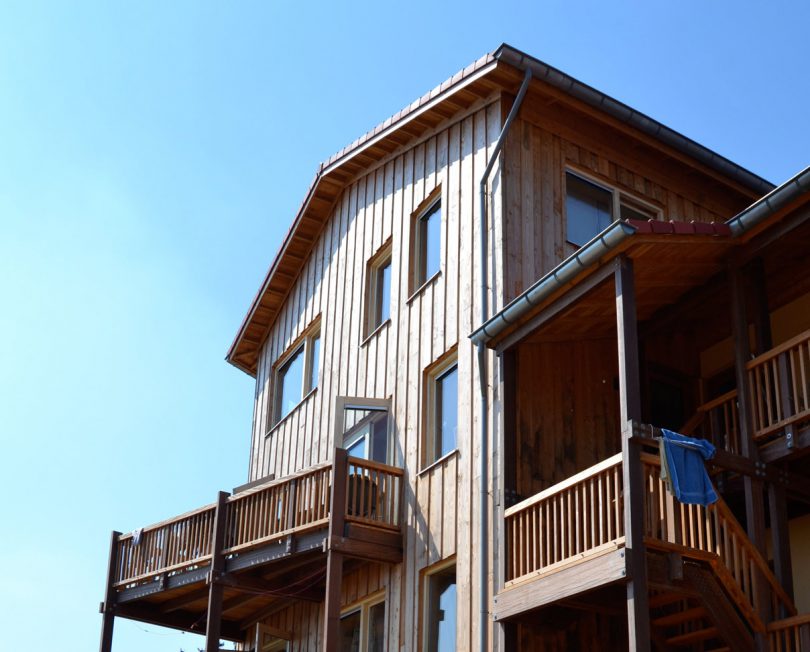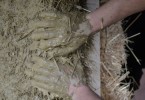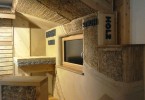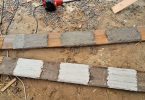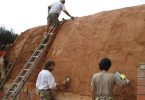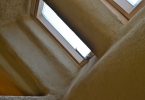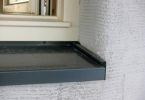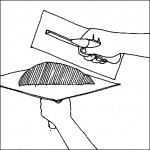 Objectives:
Objectives:
Trainees are able to …
- explain the basic functions of cladding
- explain various methods and materials for cladding, work out advantages and disadvantages of each and can address important concerns of the methods
- explain several types of cladding
Methods:
- lecture/talk
- explanation
- group work on prepared samples (in workshop)
- presentation of results of groups
Theory:
- different functions of cladding:
- fire protection
- weather proofing
- water shedding
- wind tightness (outside)
- ventilation provisions
- humidity regulation
- permeable qualities in relation to humidity (liquid, gas)
- structural performance
- rodents and insects protection
- design and decoration
- acoustic performance
- electromagnetic waves radiation performance
- structural function and physics of different ways of mounting systems, barriers and planking and know how they are applied to construction properly
- the different materials for cladding and how they are selected, based on the defined requirement
- the most efficient and proven methods of applying, conserving and maintaining cladding systems
- how to ensure windtight layers are not compromised by junctions, fixings or building service penetrations
- understand documents and drawings explaining the application of claddings
- organize building site, check condition of scaffolding, materials and tools according to the topic
- calculate the quantities of materials needed
Materials/Documents: U5 S9 – Session Plan
Training Time: 1 day
